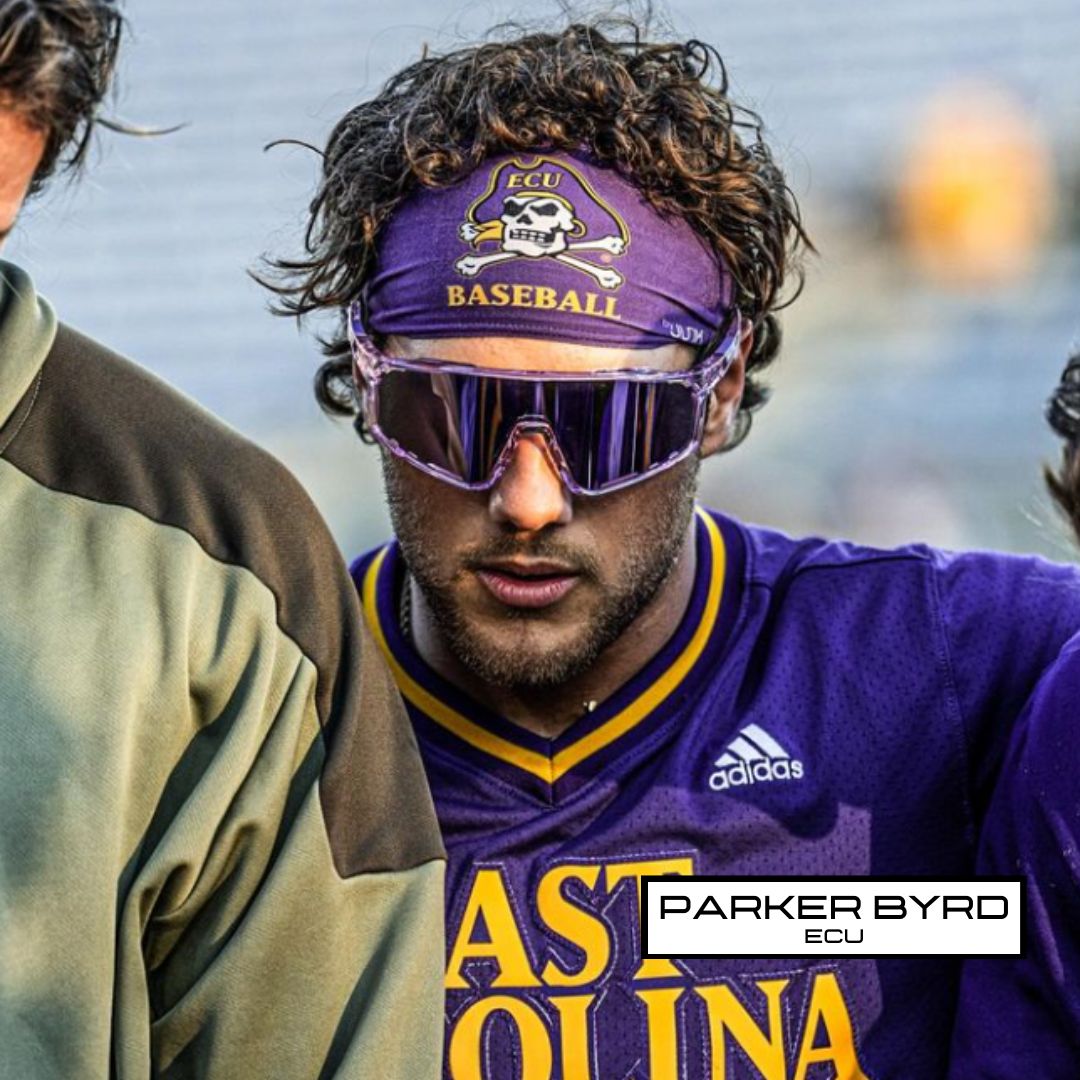Baseball sunglasses have become an essential piece of equipment for baseball players. They are no longer just a fashion statement but also a tool to enhance performance on the field. But, have you ever wondered how baseball sunglasses came into existence? In this article, we will discuss the history of baseball sunglasses and how they evolved from fashion to performance.
The Early Days of Baseball Sunglasses

The use of sunglasses in baseball can be traced back to the early 1900s. Players used them as a fashion accessory rather than a performance tool. Sunglasses were a symbol of status, and players wore them to look cool and sophisticated.
However, it was in the 1930s that sunglasses started to become more popular among baseball players. Polarized sunglasses were invented in 1936, and players started to wear them to reduce glare and improve vision on the field.
The Evolution of Baseball Sunglasses
In the 1950s and 1960s, sunglasses became essential to baseball equipment. Players like Ted Williams and Joe DiMaggio wore sunglasses during games to improve their vision and reduce glare.

The design of baseball sunglasses also started to evolve during this period. Manufacturers began to create sunglasses with wraparound lenses to provide a wider field of vision. They also started to experiment with different lens colors to improve contrast and enhance vision.
In the 1970s, Oakley introduced the first sports-specific sunglasses, the Eyeshades. They were designed with a curved shape and interchangeable lenses to adapt to different lighting conditions. These sunglasses were a game-changer and set the standard for sports eyewear.
The 1980s and 1990s saw the rise of performance-enhancing sunglasses. Manufacturers started to use lightweight materials like polycarbonate and nylon to create more durable and comfortable sunglasses. They also introduced features like anti-fog and anti-scratch coatings to improve visibility.
In recent years, baseball sunglasses have become even more specialized. Manufacturers now create sunglasses with polarized lenses to reduce glare, photochromic lenses that adjust to changing lighting conditions, and even prescription lenses for players with vision problems.
The Future of Baseball Sunglasses
As technology continues to advance, we can expect to see even more advanced baseball sunglasses in the future. Manufacturers will continue to develop new materials and technologies to create more comfortable, durable, and specialized sunglasses.

We can also expect to see more customization options for baseball sunglasses. Players will be able to choose the frame color, lens color and even add their name or number to their sunglasses.
The Evolution to Solaro
Baseball sunglasses have come a long way since their early days as a fashion accessory. Here at Solaro Shades, we have evolved our shades into essential equipment for baseball players. As a result, we created The Orbitz, designed to help players improve their vision and performance on the field.
From the first polarized sunglasses in the 1930s to the specialized sports eyewear of today, baseball sunglasses have come a long way. And as technology advances, the team at Solaro is working hard to deliver the best and most reliable baseball sunglasses.



